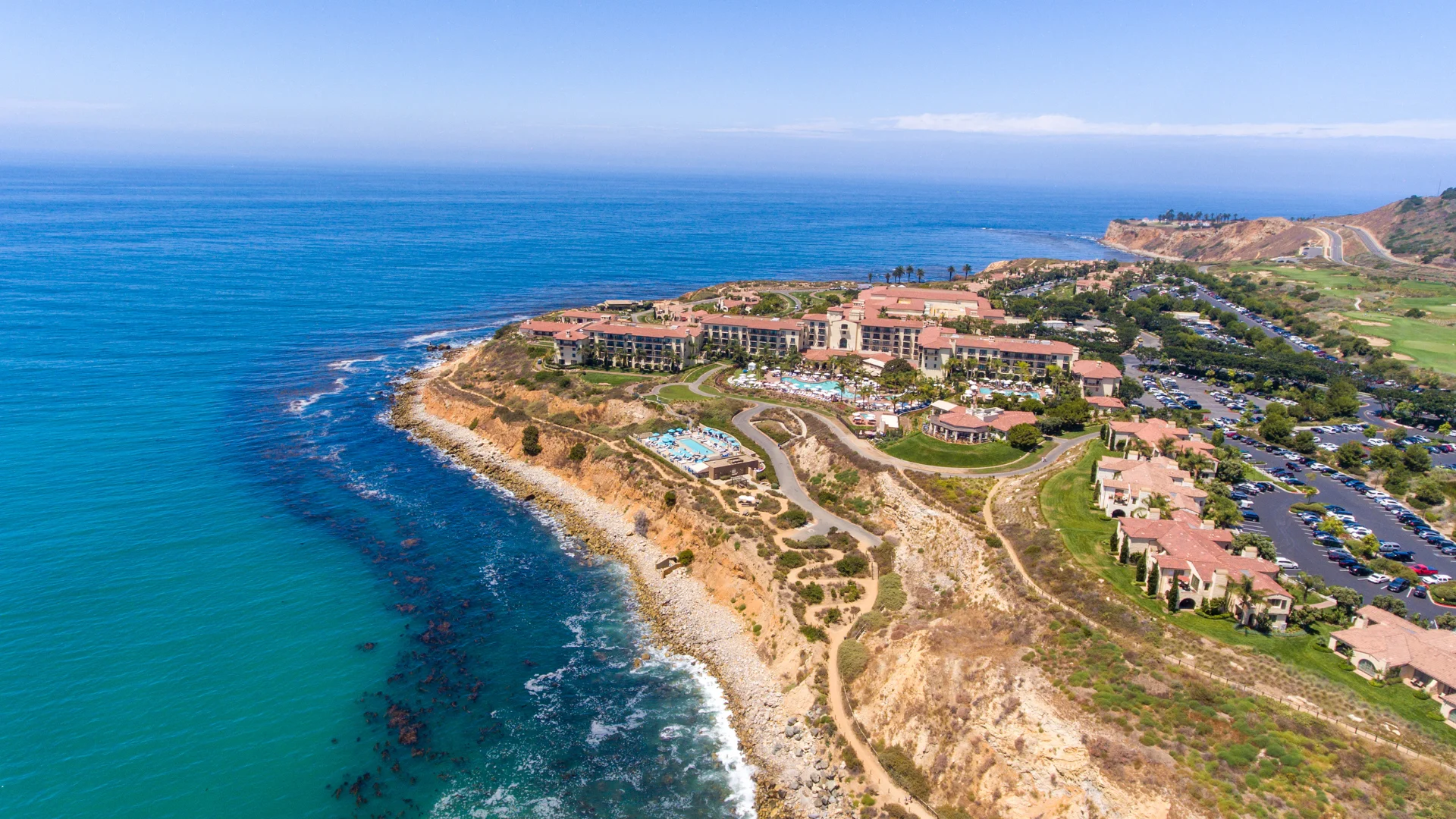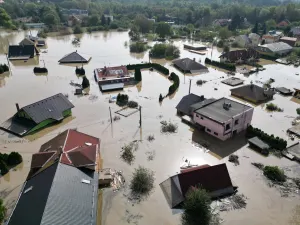
'Surprise' landslide was actually months in the making
Some residents noticed cracks in their homes three months before the disaster.
People living in landslide-prone areas tend to be more aware of the risk during stormy weather when wet soil can lose its grip and give way.
When a landslide occurs during hot, dry weather, like what happened in California in July 2023, residents can be caught off guard.
More than a dozen homes were damaged by that landslide in the Rolling Hills Estates neighbourhood, which is on the northern side of Los Angeles County's Palos Verdes Peninsula.
Now, new research by experts from UCLA and NASA’s Jet Propulsion Laboratory (JPL) has found the seemingly “sudden” slide was, in reality, a progressive phenomenon that began the previous winter, triggered by heavy rainfall that created the conditions for a summer collapse.
Satellite images suggest the ground started moving in February 2023 and accelerated until July 8, when the catastrophe occurred.
“Formation of the sliding surface will induce some movement, while the collapse will only occur when the sliding surface is fully developed,” Xiang Li, UCLA postdoctoral researcher and the study’s lead author, said.
“The progression can happen over hours, months, or years.”
Scientists used satellite data to track how the surface shifted before, after, and during the 2023 slide.
“People began reporting movement, as indicated by cracks in houses, in April 2023, which matches our observations,” paper co-author Alexander Handwerger, a research scientist at UCLA’s Joint Institute for Regional Earth System Science & Engineering and JPL, said in a statement.
“There was initial slow movement that accelerated progressively, culminating in complete collapse several months later.”
The study’s authors hope their methods can detect future landslides long before they happen, but more research is required to refine the techniques.
“These motions can be quite subtle before they begin to move fast,” Li said.
“Cracks in structures are what people tend to notice first ... Signs of active movement require caution and monitoring because they could signal a progressive failure in the future.”
Related video: Landslides can happen anywhere in Canada and they're on the rise
Header image: File photo of Palo Verdes coastline (Canva Pro).










